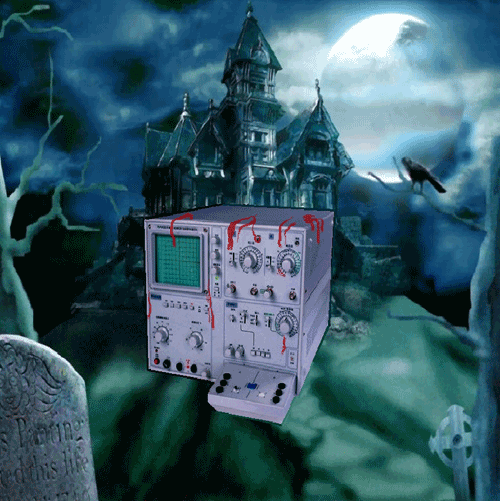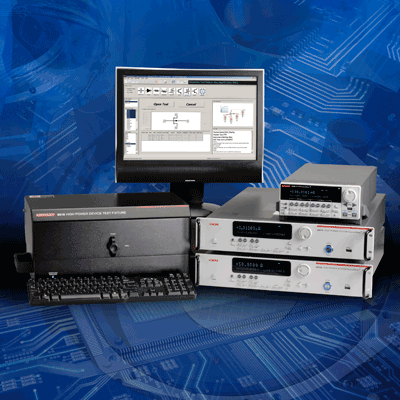The instrument that wouldn’t die!
By Richard Comerford

When I went to engineering school back during “The Great Transition” — the time when vacuum tubes were being rapidly replaced by transistors — one of the most valuable pieces of equipment in our lab was a Tektronix curve tracer. It allowed you to plug in a transistor and rapidly get its characteristics so you could go about, say, matching them up for an audio amplifier design.
Of course, we’ve come a long way since then, and engineers for the most part haven’t been dealing with individual transistors for a while; after all, it’s not the performance of one of the several million transistors in a typical integrated circuit that we care about, but the overall performance of the IC. As a result, Tektronix stopped making your typical curve tracer several years ago.
But interestingly enough, the curve tracer just wouldn’t die. Whenever a used unit became available for sale, it would quickly be snatched up. It seems that characterizing the performance of individual transistors was still extremely critical in at least one area: power system design.
So last week, Tektronix’ sister company, Keithley Instruments (www.keithley.com), came out of its lab with a whole new family of instruments — along with software and test-fixture configurations — that combine the range and simplicity of a curve tracer with the flexibility and precision of a parameter analyzer. And they are ready to tackle the latest power devices, such as gallium nitride (GaN) and silicon carbide (SiC).
Priced starting from $26,000, members of the Precision Curver Tracer (PCT) family can run parametric-curve-tracing applications for characterizing power devices at up to 3,000 V and 100 A. The systems are optimized to address the characterization and test needs of engineers involved in research, design, application, incoming inspection, reliability/failure analysis, and so forth.
Keithley’s PCT family
Unlike earlier monolithic instrumentation, all seven configurations let users add new measurement channels economically as their needs evolve, with no need to return the system to the factory to install new hardware. For example, someone could start with an entry level parametric curve tracer. Later, they could add higher voltage and/or higher current capabilities with additional SMUs —six different System SourceMeter instrument models can be mixed and matched to create an optimum combination of voltage, current and power for a user’s specific needs. And all are fully and automatically synchronized with other SourceMeter instruments in the system. thanks to TSP‑Link virtual backplane technology.

There’s a lot more to these instruments too, such as:
• ACS Basic Edition software to take advantage of 500-ns trigger synchronization between instruments.
• Control and analysis tools with complete parametric test libraries for MOSFETs, BJTs, triacs, diodes, IGBTs, and other device types.
• A software “trace” mode that uses an on-screen slider control that works much like the power control knob on a traditional analog curve tracer to interactively control sourced voltage and current levels to see power device response in real time.
• A “parametric” mode that provides a “fill-in-the-blanks” GUI to configure a test precisely and a full set of tools for precise parameter extraction.
• All cabling and adapters for system assembly, as well as sample power devices for training and demoing.
I had a lot of fun playing with the new tracer/analyzer, even though it was in a lab in Ohio and I was sitting at my desk in New York — which is something I never was able to do with a curve tracer before. It was like having an old friend who’d come back from the grave, only better than when he’d left.
Advertisement
Learn more about Keithley Instruments





